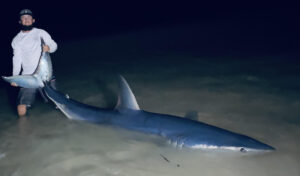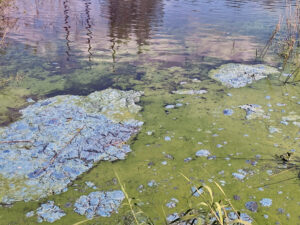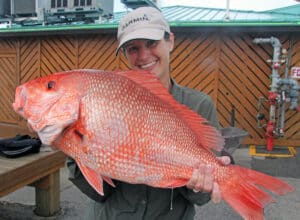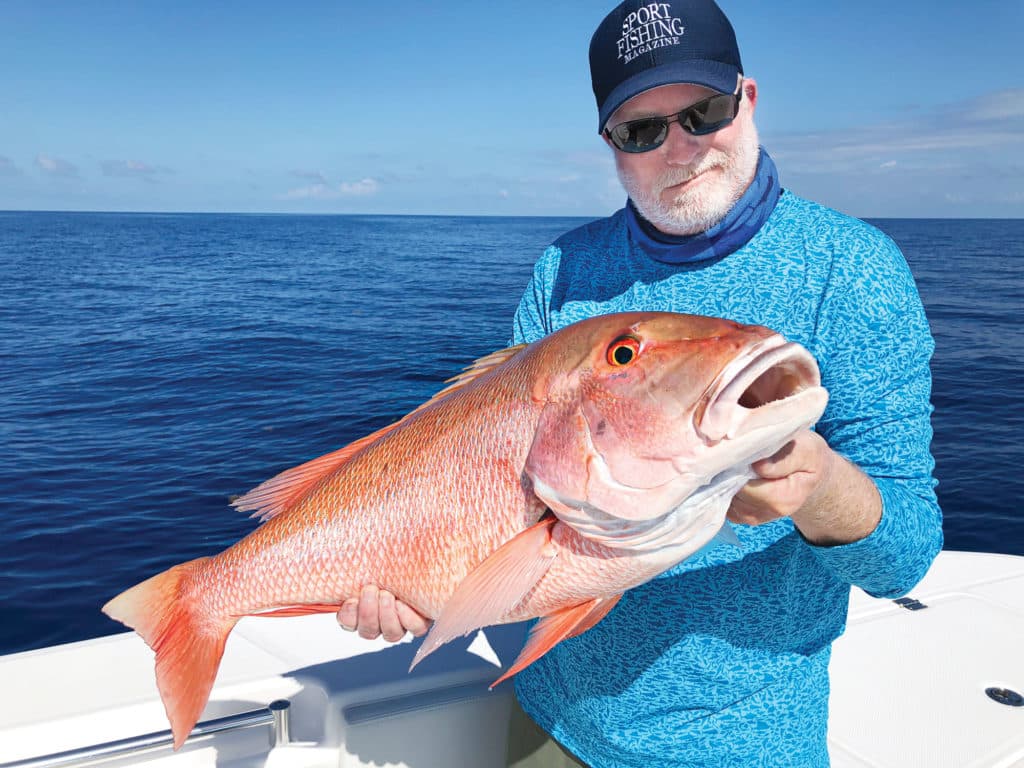
Do you really know what fish you’re eating when you order something off the menu? Sure, there’s a chance you can identify the unique taste of a certain fish species. Maybe, your dinner has an obvious look to it, such as swordfish or tuna steak. But the waters get muddy quickly when a common fish name shows up on the menu, such as “snapper” or “grouper.”
Restaurants can be very creative with fish names; the Patagonian toothfish labeled as the Chilean sea bass might be the most well-known example. Anglerfish and goosefish can be called monkfish on menus, although none of the names sound all that appealing. And there’s that ever-persistent rumor that oversized, perfectly round scallops are actually stingray.
That’s not to say that renaming a fish species to make them sound more palatable is a bad thing. Invasive Asian carp have wrecked certain native fish species populations in the Mississippi River and its tributaries. Creating a market for Asian carp, where commercial fishermen can harvest, remove and sell them, would be a major benefit to the environment. At least some restaurants are now serving the carp under the name “copi.” Apparently, the carp is a good option for fish po-boy sandwiches.
With more people around, more fishing pressure than ever, and less fish available to catch, it’s no surprise that restaurants simply can’t get the same fish they used to from their suppliers. As commercial harvesters clear out fish populations, they move on to different fish species, some that we’ve likely never even heard of.
Plus, some shady restaurants are more than willing to mislabel fish purposely to charge an extra couple bucks. Should customers start bringing DNA test kits to dinner to figure out what they’re eating? I’m only half joking. No matter what, there’s bound to be more creative fish naming in the future.
Here’s the question you need to ask yourself: Does it really matter if you’re not exactly sure what fish you’re eating (as long as it’s tasty, safe and healthy to eat)? Yes, there’s that obvious feeling that you’re being misled. But, if you can get past that, many different types of fish are lip-smacking good, especially if served with an abundance of butter and mouthwatering spices. Some guys I know joke they’d eat an old boot if it was served blackened.
When you see these 5 common fish names on a menu (and we know there are plenty of others), just recognize you might not be digesting the fish species you think you’re eating.
Amberjack
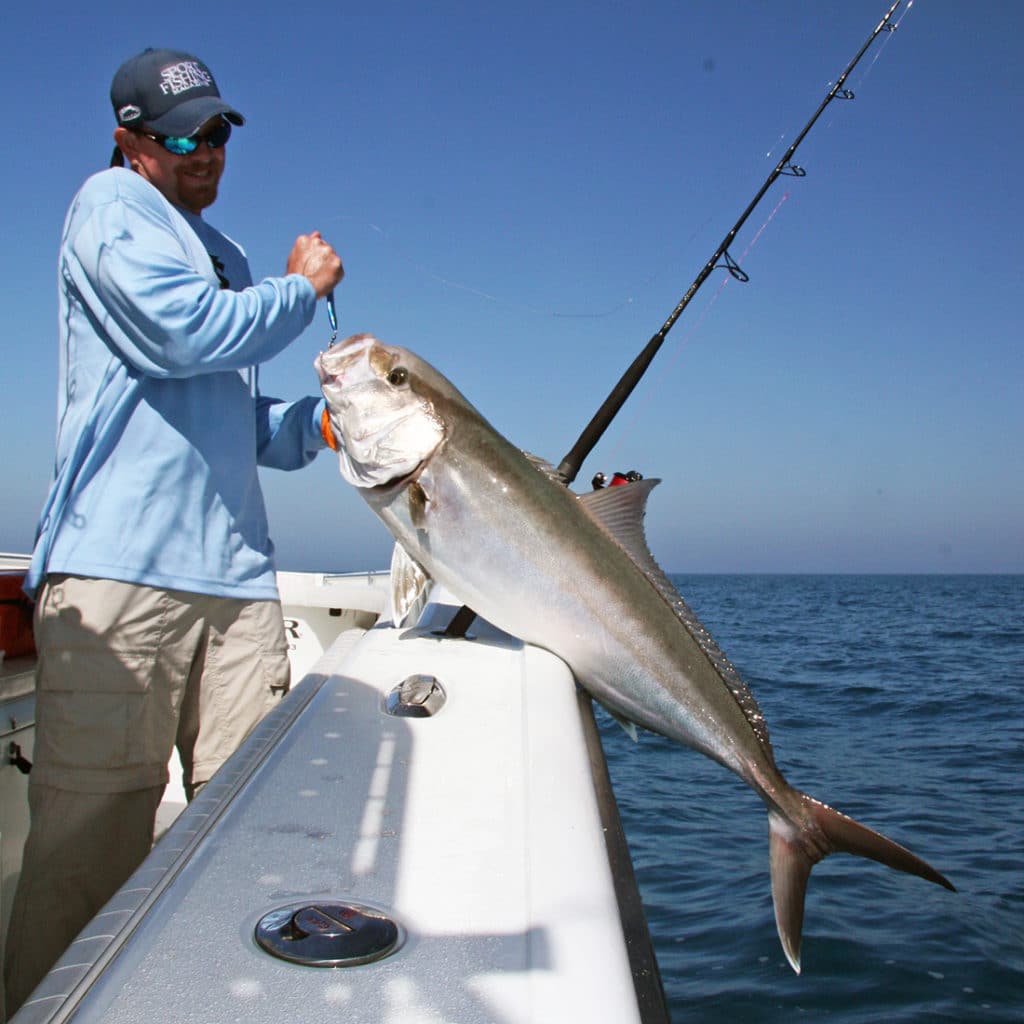
According to the U.S Food and Drug Administration (FDA) Seafood List, a guide to acceptable market names, if amberjack is listed on the menu it could be greater amberjack (Seriola dumerili), lesser amberjack (Seriola fasciata), almaco jack (Seriola rivoliana), banded rudderfish (Seriola zonata), Japanese amberjack (Seriola quinqueradiata), or California yellowtail (Seriola lalandi). And that’s not a huge stretch, all things considered — each species is in the genus Seriola and they look similar. But as far as natural taste? There’s definitely one species I would prefer, and that’s the California yellowtail.
Bass
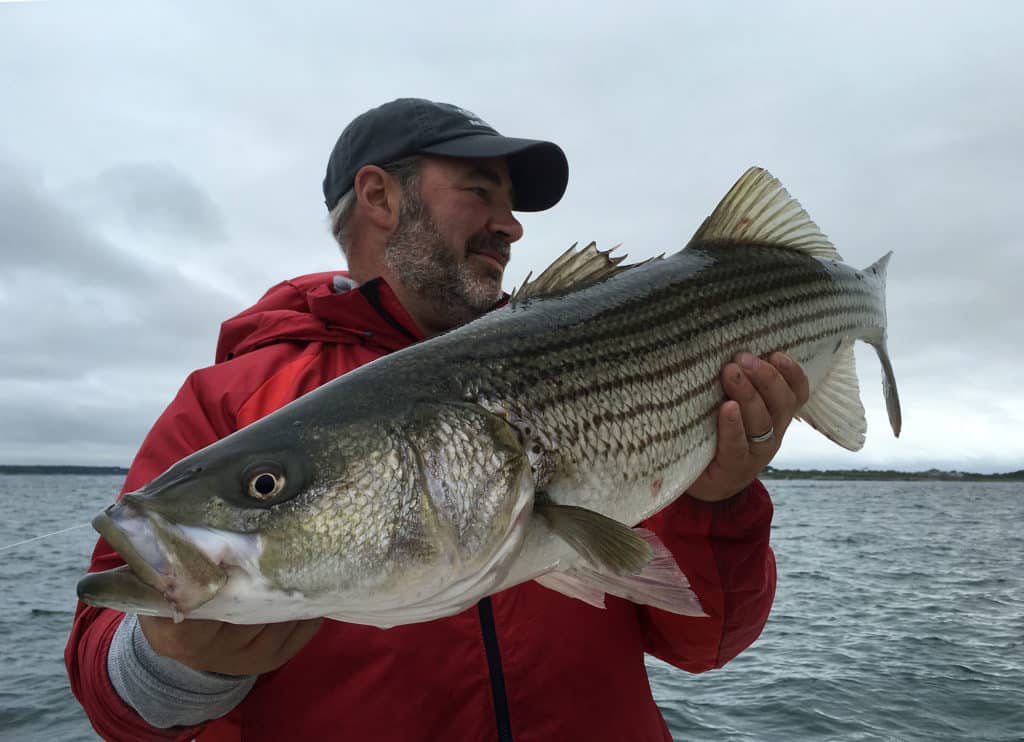
If you come upon bass on a restaurant menu, the FDA says there are at least 17 different species of fish that could fall under this label. Could you be eating saltwater’s striped bass (Morone saxatilis)? Yes, definitely. Or, maybe you’re biting into some of freshwater fishermen’s favorite targets in smallmouth and largemouth bass. That’s a possibility. One species that you might not have considered is the freshwater murray cod of Australia. These hard fighters grow to more than 100 pounds, but don’t look all that much like the bass U.S. anglers are familiar with. Murray cod are also considered critically endangered by the International Union for Conservation of Nature.
Drum
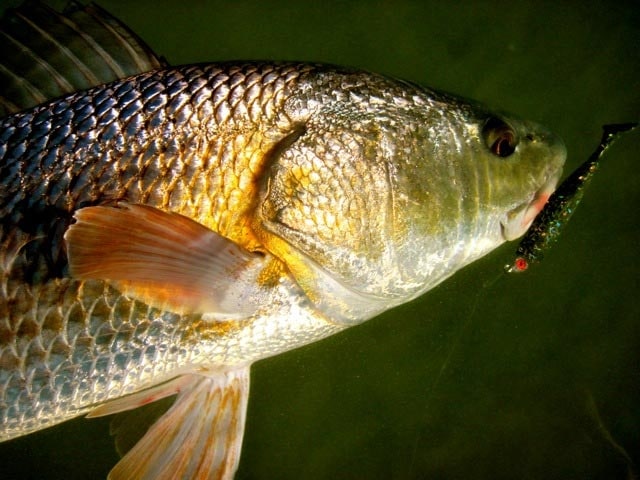
When I see drum on the menu, I think of redfish on the half shell. The delicious dish is definitely worth ordering. But that drum on the menu could also be black drum (good eating when they’re small in size) or freshwater drum (also called a freshwater sheepshead). I’ve never heard anyone say, “Yum! I can’t wait to eat this gaspergou!”
And here’s a wildcard for you — that drum could also be a totoaba. The totoaba, found in the Gulf of California in Mexico, is listed as endangered throughout its range under the Endangered Species Act. The fish looks like a giant speckled seatrout. Fish farmers do raise totoaba legally in pens off the coast of Mexico. But illegal poachers use gill nets to catch wild totoaba which can entangle and drown another animal called the vaquita (a highly endangered Mexican porpoise). If I’m in Mexico, I’m not ordering drum if I see it on the menu — I want to be able to sleep with a clear conscience.
Flounder
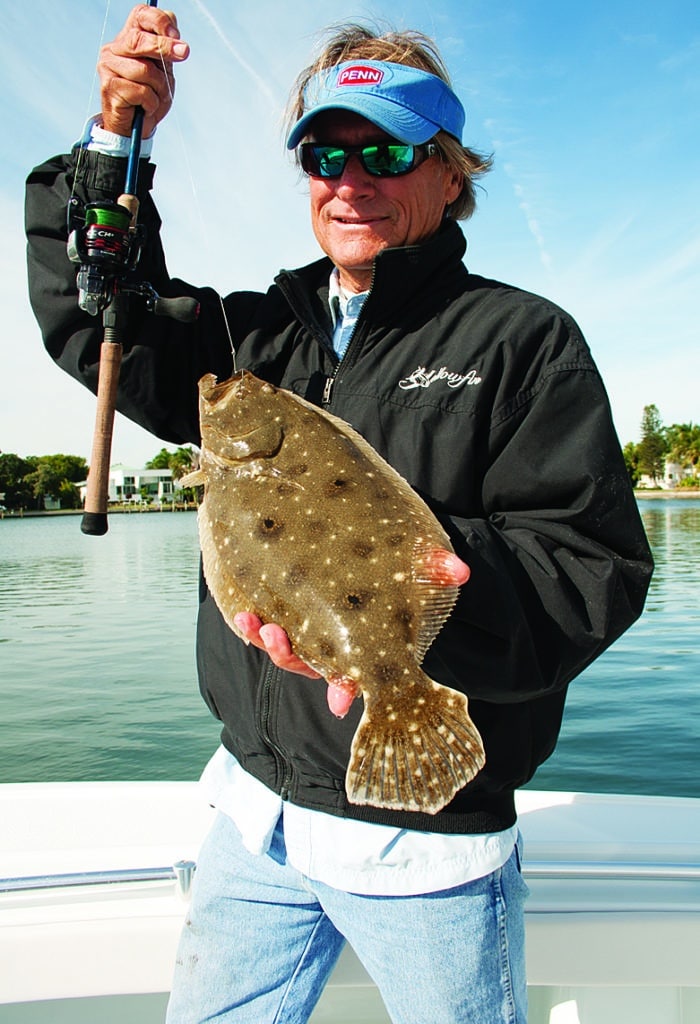
When it comes to flounder on the menu, just think flatfish. Beyond that, trying to pinpoint an exact species might be wasted energy. What country you’re dining in might help some. Still, at the minimum, that “flounder” could be one of 15 different types of sole, 3 types of plaice, or 50 types of flounder, halibut, fluke or dab. And that’s not even considering the Atlantic and Pacific halibut species, which the FDA says should be labelled as “halibut.” Imagine a restaurant trying to properly label a flounder when so many species are available. Just throwing it all under one label makes sense, at least in this case.
Sea Bass
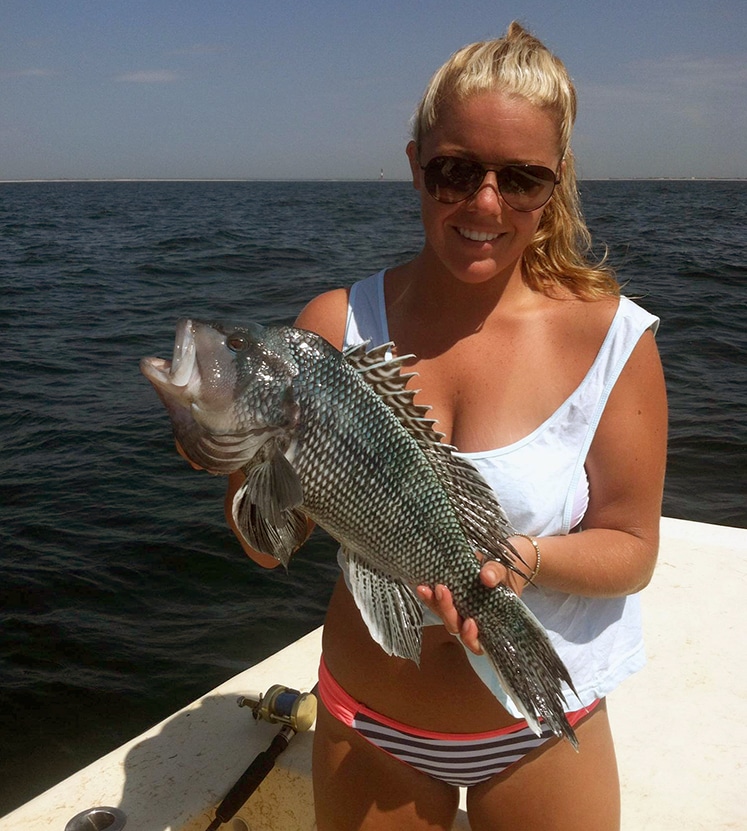
Giant sea bass (Stereolepis gigas) must be labeled as “bass” on menus, according to the FDA. So, you’re not supposed to find them under the label of “sea bass.” Confusing, right? Fish you will find under that name include black sea bass, kelp bass, spotted sand bass, and barred sand bass. One species you might not associate with sea bass is the wreckfish (Polyprion americanus). These slow-growing, long-living fish look more like a grouper, can grow to over 200 pounds, and live in waters as deep as 3,000 feet. Some deep-drop anglers might have experienced landing one of these giants. That next “sea bass” your order at a restaurant truly is a toss up. For me, I’ve learned to go along with the absurdity of it all.

